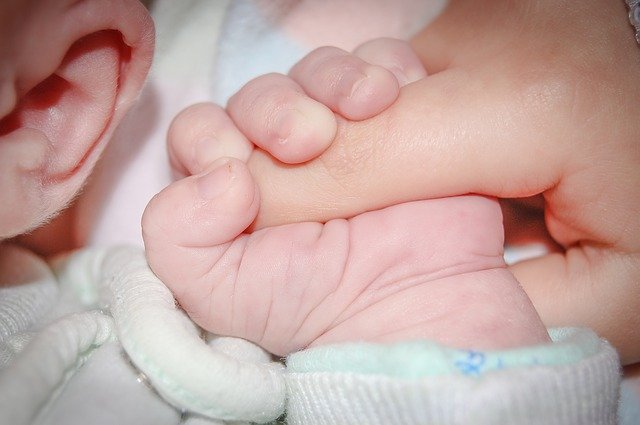Violence as a last resort
When people say that they use violence against children as a last resort, this is what I think:
Yes, hitting children might be a last resort. First though, I would say to myself that there must be another way. Violence can’t be the only way to solve this problem; it can’t be the only way to teach a certain student. So, I would read, study, watch videos, find mentors, travel across oceans and walk across hot coals, if it meant I could find a way to raise a child without hitting them. If all of that failed, then I might consider violence as an option. Do you suppose that’s what they mean when they say “last resort”?
(In truth, after all that, I would probably keep looking.)
A child doesn’t understand reason – operant conditioning
One popular argument in favour of violent, physical discipline of children is that the child cannot understand reason, but he can learn by conditioning. This is true to an extent – even a goldfish can learn by conditioning, so surely it’s true of humans. However, the question isn’t just “Will the child learn what I want?” But also, “What other lessons will the child learn?” If a child is slapped for trying to cross the road, will he also learn that crossing the road is bad, and grow up to be an agoraphobe?
Learned helplessness – the dog fable
You might have heard about a certain experiment where a dog is placed in a small, electrified pen. For the first few times, the dog might attempt to jump out. After that, it learns its lesson. Most dogs, even when moved to a pen which is not electrified, will decide not to attempt escape. Instead, they tremble, quivering in fear of shock.

The right message, and the wrong message
The dogs received certain information that was correct, and was useful. However, the message was over-generalised, and so leads the dog to make mistakes about the things around it. Likewise, a child who cannot reason cannot correctly interpret the message imparted to her by conditioning. Any crude communication method surely has this problem – over-specification or over-generalisation – and there can be no method cruder than violence.
What messages are we sending?
Your mistakes are worthy of punishment
The message is: your mistakes are not opportunities to learn, but instead deserving of the most brutal, painful rebukes. If you teach a child not to make mistakes, then you must also teach them not to grow, as all growth requires mistakes. If a child is afraid to be wrong, he will never reach his full potential.
Love is pain
The message is: the people you love will hurt you. Love is inseparable from violence. If a child learns this lesson from a young age, we shouldn’t be surprised that, when they grow, they end up in, or even seek out, abusive relationships.
You deserve to suffer
I often hear people defending their parents’ spankings by saying “Yes, they beat me. But I always deserved it.” Did you deserve it? Perhaps you just made a mistake. Does a person deserve violence for a mistake? Or do they deserve compassion and tenderness, in their most vulnerable time, when they are already suffering internally because of their error?
Your parents showed you love and guidance in the only way they knew how. Of course they were harsh with you because they cared for you. If they’d known a better way, would they have used it? If you could find a better way, would you?

I’m bigger, so I get to make the rules
The message is: be a bully. Those who are smaller than you can be subjected to your whims, through violence. Of course, when your child gets bigger than others, or bigger than you – watch out. They will do what you taught them, so teach them well.
Violence solves problems
Generally, it doesn’t.
The ‘Sue’ argument
In the famous song, Johnny Cash tells a story about a fellow named “Sue”. His father named him that because he knew the world was tough, and having a name like Sue would make him tougher still. So, the argument goes, children must be beaten to make them hard enough and strong to face the world.
In a violent, predatory world where force ruled, where men had to kill to survive, violence as a teaching method might have made sense. That’s not the world that exists today. Look around you and think about how many people pass you on the street. What percentage of people physically assault you? In most places in the world, you’ll find it’s close to zero. Even human beings who are predatory normally don’t often use violence to achieve their ends, but instead lie and manipulate. It takes wits, and empathy to steer clear of such people, and your teaching method should reflect that.
Even so, if the world is really so tough, then we don’t need to make it tougher for those we love. If tenderness is so rare on our little planet, any opportunity for tenderness should be pounced on, and cherished.

The ideal teaching method
The ideal teaching method teaches exactly what it sets out to teach, nothing more and nothing less. Violence as a teaching method can never even approximate that level of precision. In general, the only way to make violence into a more precise method, is to use less of it.
Align your teaching method with your goals. If you want your children to grow up with neuroses and issues with love, brutal ideals and a savage view of the world, then use violence. If you want your children to be smart, considerate and patient, lead by example.
